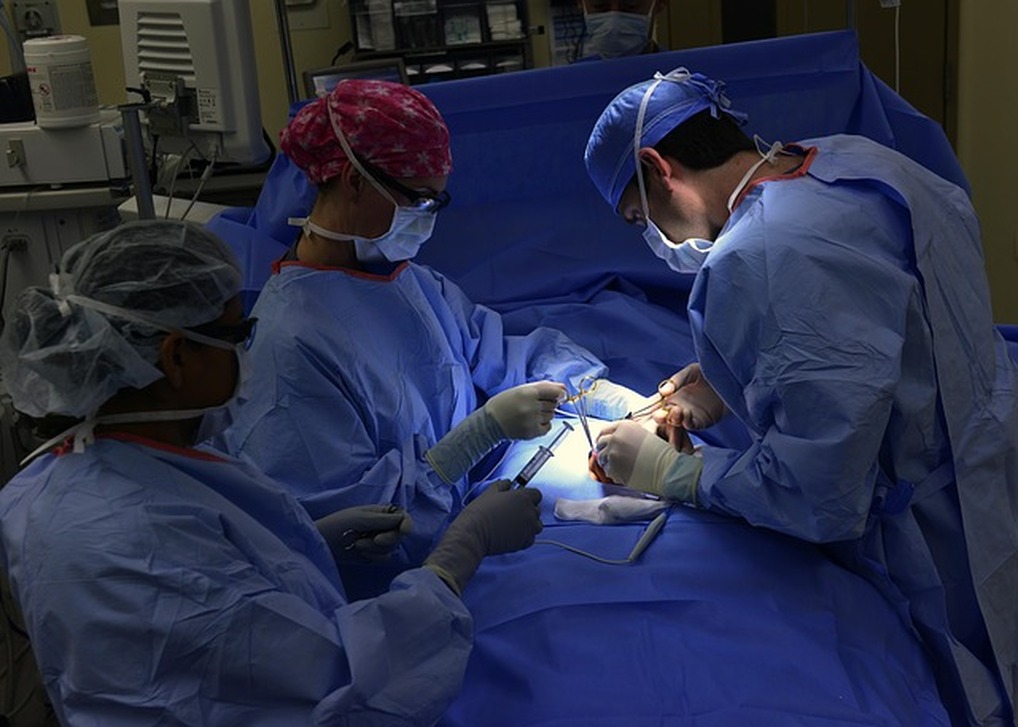- Your cart is empty
- Continue Shopping
A Brief History Of Disposable Gloves In The Medical Field

Would you allow someone to do a minor surgery on you without wearing gloves? What about a major surgery? If you are like most people the answer to both of those is, “Absolutely not!” In the not so distant past, you or anyone else wouldn’t have had a choice. To make it even worse, your surgeon likely would’ve just given his hands a quick rinse after the patient before you. However, soap and disinfectants in surgery is a story for another day. The purpose of this blog is to give you a brief history of the disposable glove.
1889
In May 1889, Johns Hopkins Hospital first opened its doors. Dr. WilliamStewart Halstead, who had a number of medical and surgical achievements, was the first surgeon in chief and one of four founding physicians. Dr. Halstead was known for precision and cleanliness, which is why it is no surprise history credits him with developing the first surgical glove. After his nurse, and later wife, said the chemicals she handled for surgery gave her a rash, Dr. Halstead reached out to the Goodyear Rubber Co. to create rubber gloves for her hands. She loved the gloves and more pairs arrived. Not long after, Dr. Halstead’s entire surgical staff wore them during operations. At the time, they assumed the primary benefit was increased dexterity and gave little thought to hygiene.
1894
In 1894, about 50% of surgical patients died. Many of these fatalities were due to the fact that surgeons did not wash their hands between surgeries and examinations, thereby passing pathogens between patients. Due in part to this statistic, Joseph Lister began using carbolic acid to sterilize his surgical tools and dressings, which included his surgical gloves making them sterile for the first time.
1941
The Ansell Rubber Co. Pty. Ltd. ramps up its funding for surgical glove research.
1965
Ansell Rubber Co. Pty. Ltd. Develops the first disposable medical gloves and sterilized them using gamma irradiation.
1992
The Occupational Health and Safety Administration (OHSA) published its BloodbornePathogens Standard. Around this time, there was increased awareness regarding HIV, and OHSA implemented the rule to protect workers who would come in contact with bodily fluids. OSHA’s standard required employers to provide personal protective equipment, including disposable gloves, to these workers.
Mid-1990s
During this time, nitrile disposable gloves first appeared on the market. These gloves provide more chemical resistance than latex gloves. Additionally, the gloves were perfect for wearers who had latex allergies and in medical settings where patients could have allergies.








